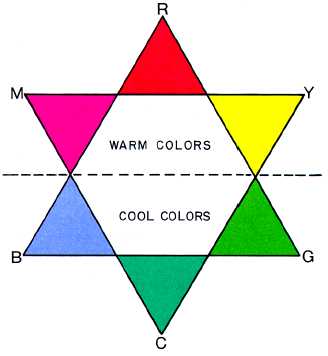Table 3-4.–Filters and Exposure Increase for Making Color Pictures by Fluorescent Light
Type of
fluorescent lamp
Daylight
Type of color film
Tungsten
I
Cool White
30M + 2/3 f/stop
Deluxe Cool White
30C + 20M + 1 f/stop
Standard Warm White
40C + 40M + 1 1/3 f/stops
Deluxe Warm White
60C + 30M + 1 2/3 f/stops
50M + 60Y + 1 1/3 f/stops
10M + 30Y + 2/3 f/stop
30M + 20Y + l f/stop
10Y + 1/3 f/stop
White
Daylight
20C + 30M + 1 f/stop
40M + 30Y + 1 f/stop
40M + 40Y + 1 f/stop
No. 85B + 30M + 10Y + 1 f/stop
Whenever possible, you should conduct
photographic tests in advance, using the type of light you
expect to encounter. Consult the Photo-Lab Index for
the most accurate filtration to use for your film, filter,
and lighting situations. Table 3-4 provides an example
of a good starting point for test exposures. When in
doubt, you should use a filter that provides for average
correction. For daylight film, you should use a 30M
filter with a 2/3 f/stop exposure increase. For tungsten
film, you should use a 50R filter and a 1 f/stop exposure
increase.
CC filters may be used alone or in various
combinations. However, when you use them in
combination, the maximum number of filters in front of
a lens should not exceed three. More than three filters
adversely affect image quality. When combining CC
filters, you should avoid creating a neutral density
effect. Neutral density is caused when all three of the
primary colors are present in the combined filters; for
example, a cyan (blue and green) filter and a red filter.
CC filters are available in blue, green, red, yellow,
magenta, and cyan. Each color is available in a range of
densities. The color and density of a CC filter are
identified in the filter designation, such as CC50Y. The
CC indicates color compensating, the 50 indicates a
peak density of 0.50 to blue light, and the Y is the first
letter of the filter color-yellow. The peak density of a
CC filter refers to the maximum absorption of the color
of light that is complementary to the color of the filter.
CC filters are available only in gelatin squares.
The color star (fig. 3-4) indicates various color
relationships of color compensating filters as follows:
1. Complementary colors are opposite each other:
cyan is complementary to red, yellow is complementary
to blue, and magenta is complementary to green.
2. Any one color is a combination of the two colors
adjacent to it:
R = M + Y
Y = R + G
G = Y + C
C = G + B
B = C + M
M = B + R
C302.24
Figure 3-4.–Color star.
3-6



